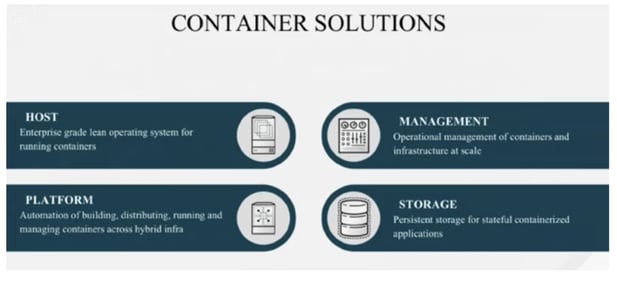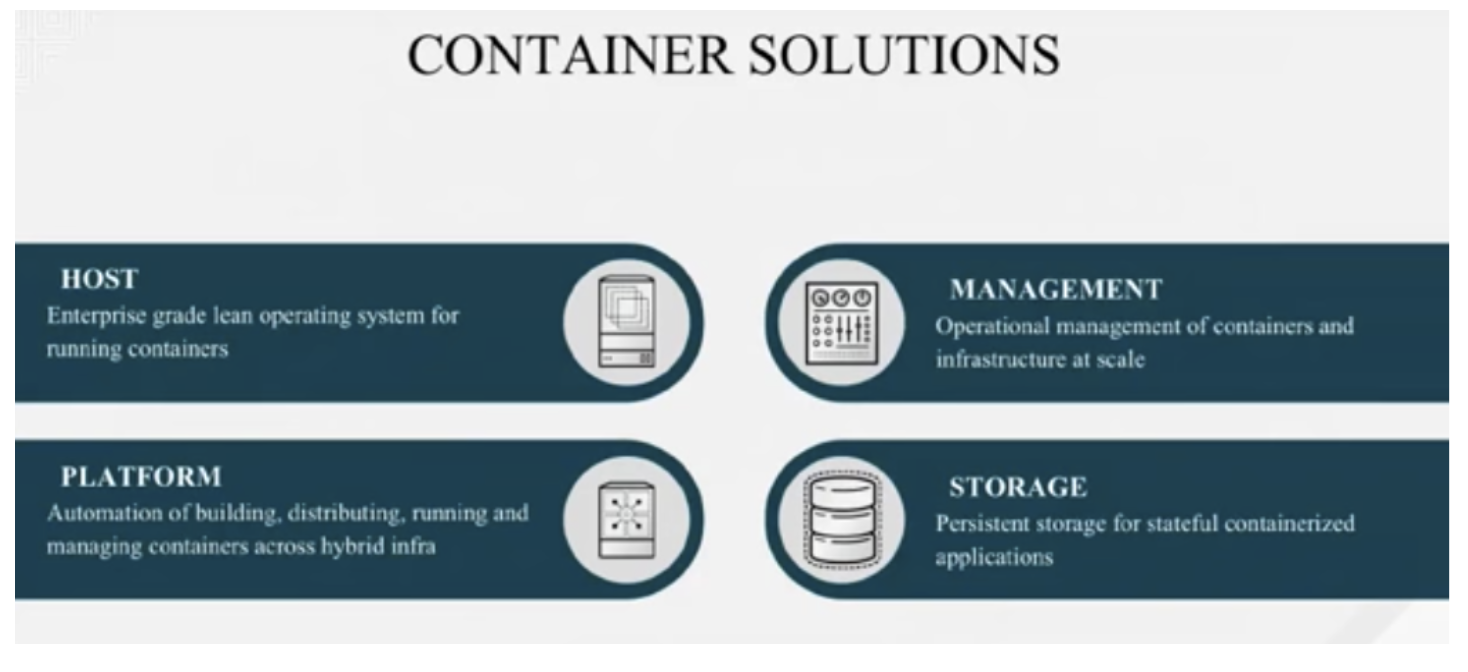Containers are things for your things. That is true in the development world too - containers are things for your software, and, like containers for your things, software containers can help you be organized, efficient, and secure.
Chris Morgan (@cmorgan_cloud), the Technical Director, OpenShift Partner Ecosystem at Red Hat, delivered a keynote at the 2016 All Day DevOps conference. Chris lives and breathes containers and recently discussed how they are transforming DevOps pipelines.
Chris started with an encouraging figure -- DevOps has a 74% adoption rate (at least on a path towards full adoption) at the enterprise level. The reason is that DevOps helps solve issues around:
- Slow service delivery
- Poor service quality
- Frequent down times

However, the needs of development and the desires of IT can often hamper full DevOps adoption, which is where containers can help. Containers allow apps to be easily shared and deployed with:
- Consistent environment and tools
- Predictable building tools
- Faster deployment
In short, containers can act as a common language between development and IT operations. And when configured properly, the operations team can utilize containers to assemble environments without compromising security.
 The survey that revealed a 74% adoption rate for DevOps in the enterprise also shows an 18% adoption rate of containers in the enterprise. Why the difference? Containers can be sometimes be difficult to implement across multiple hosts.
The survey that revealed a 74% adoption rate for DevOps in the enterprise also shows an 18% adoption rate of containers in the enterprise. Why the difference? Containers can be sometimes be difficult to implement across multiple hosts.
If you are gearing up to consider the use of containers across your IT environment, Chris offered up some things to consider:
- Where do you store the container image?
- Which container on which host? Which has enough capacity?
- How do you monitor the health of the containers?
- What do you do if a container crashes?
- How can I address scale?
When you have large apps that span multiple containers?
- Which containers can access others?
- Which containers should be deployed together?
- How do I limit certain containers?
- How do they find each other?
Is there malicious software on any containers? - How do I handle persistent storage?
The bottom line is that you need more than just containers. You need a host, a platform, management, and persistent storage.

Is your organization ready to at least consider containers for DevOps? Chris reminded us that, “technology should not dictate the process. Identify the ideal process first, and then ensure the technology is flexible enough.” Start by finding some low-hanging fruit, assess skills & capabilities on your team, and engage in a discovery session.
Chris’ full keynote went into more detail, notably some solutions to implementing containers at the enterprise. You can watch Chris’ full All Day DevOps conference session (just 40 minutes) or you can view the other 56 presentations from the 2016 conference online and free-of-charge here. This blog series is reviewing sessions from the 2016 All Day DevOps, which hosted over 13,500 registered attendees. Next week, look for “Ops Happens: DevOps Beyond Deployment” with Damon Edwards.
Finally, be sure to register you and the rest of your team for the 2017 All Day DevOps conference here. This year’s event will offer 96 practitioner-led sessions (no vendor pitches allowed). It’s all free, online on October 24th.



